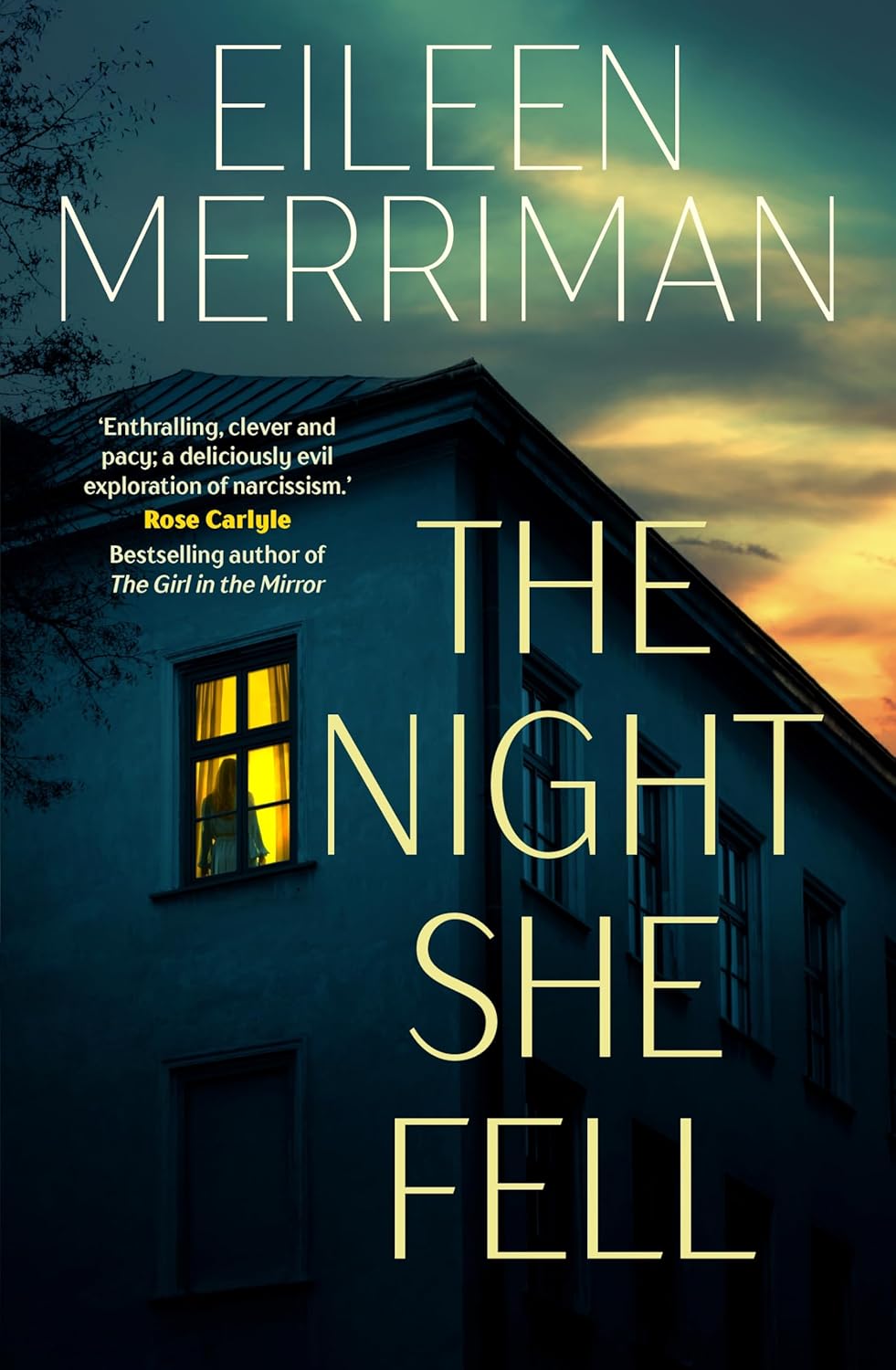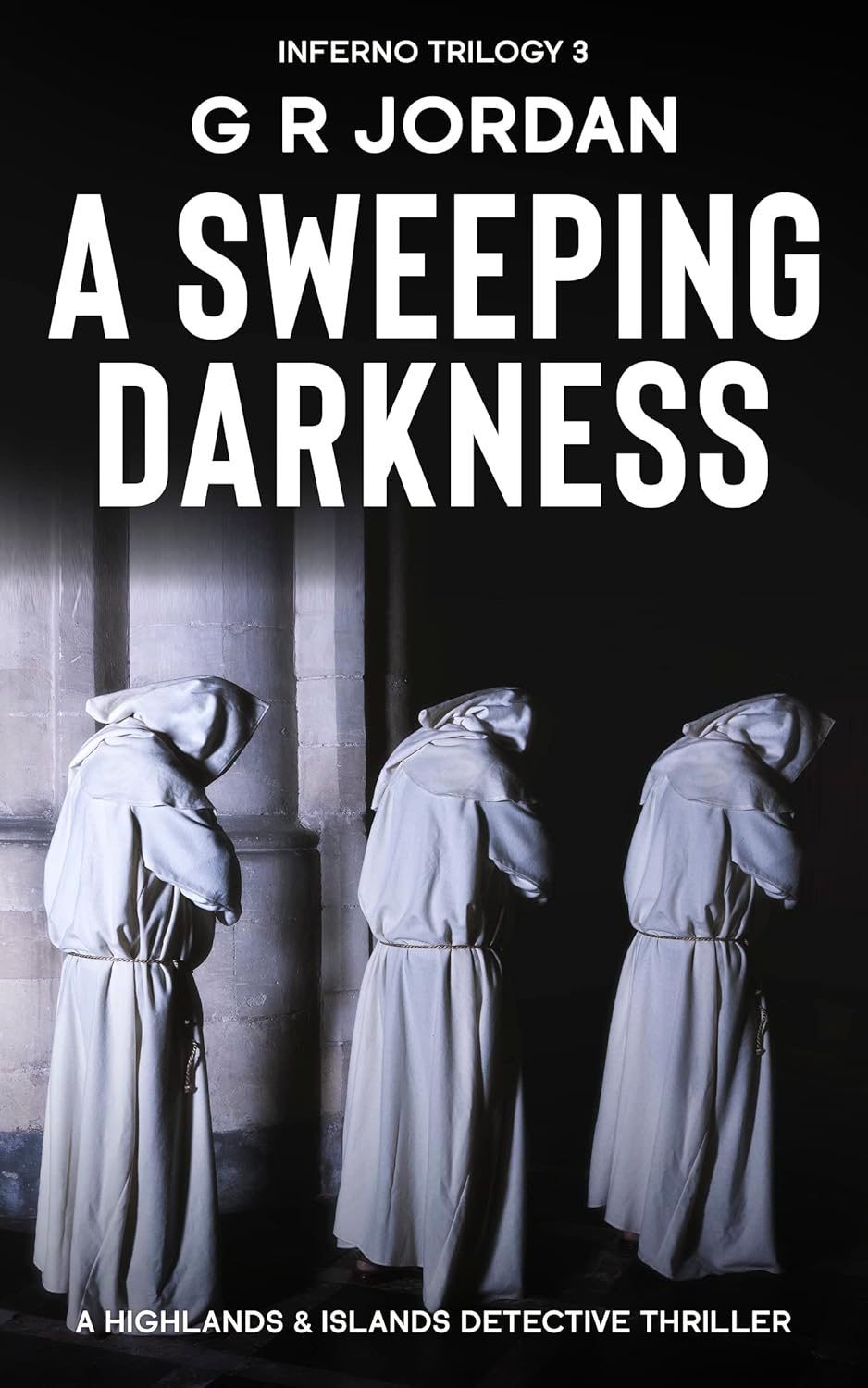- first published 1932
- this edition published by Harper Collins 2021
- ISBN 978-0-00-850935-4
- 231 pages
Synopsis (Amazon)
Follow the ingenious mysteries of the ‘Tuesday Night Club’ with this hardback special edition of Agatha Christie’s beloved classic.
THE ORIGINAL WEEKDAY MURDER CLUB
‘Well,’ said Joyce, ‘it seems to me we are a pretty representative gathering. How would it be if we formed a Club? What is today? Tuesday? We will call it The Tuesday Night Club. It is to meet every week, and each member in turn has to propound a problem. Some mystery of which they have personal knowledge, and to which, of course, they know the answer.’
Two years before The Murder at the Vicarage, Agatha Christie first introduced the world to Jane Marple and the stories of murder and intrigue told by each member of the Tuesday Night Club. Time and time again, crimes so wicked they have confounded even Scotland Yard’s finest are solved by St Mary Mead’s sharpest mind and everyone’s favourite armchair.
Additional information
THE THIRTEEN PROBLEMS consists of 13 short stories, all dedicated to
demonstrating the cleverness of Miss Marple, who mainly solves the
mysteries by comparing them to her observations of life in St. Mary
Mead. The stories marked the debut of Miss Marple. The first set were
published in 1927-28, and therefore preceded her debut novel THE MURDER AT THE VICARAGE which was published in 1930.
The first story is The Tuesday Night Club and it sets the scene for the next 5 stories.
The author Raymond West is staying with his aunt, Jane Marple in the village of St. Mary Mead.
Apart from Raymond and Miss Marple, there are four other people in the room, the occasion simply an evening in MissMarple's
house. Other people might play charades but Raymond West suggests they
think about unsolved mysteries. One of the guests suggests they form a
club, call it the Tuesday Night Club, to meet every week, and each
member has to propound a problem. It seems at first that Miss Marple
will be left out but the others courteously include her.
As the
evening progresses, each of the guests tells a story, and then the
others each attempt a solution. Invariably the story teller knows the
answer and only Miss Marple guesses correctly.
The stories generated are
- The Tuesday Night Club
- Sir Henry Clithering, until recently Commissioner of Scotland Yard,
tells a tale about tinned lobster that caused a fatal case of food
poisoning. December 1927.
- The Idol House of Astarte
- Dr. Pender is an elderly clergyman. He tells the story of paganism
and the time when he saw a man "stricken to death by apparently no
mortal agency". January 1928.
- Ingots of Gold
- this story is recounted by Raymond West and is about a Cornish
village called Rathole (a sly dig at the real village of Mousehole?) and
treasure from the Spanish Armada. February 1928.
- The Bloodstained Pavement
- Joyce Lempriere, the artist, also tells a tale from the village of
Rathole, of a husband and wife playing the cruellest trick of all, the
duping and eventual murder of another woman. March 1928.
- Motive & Opportunity
- Mr Petherick is a solicitor, "a dried-up little man with eyeglasses
which he looked over and not through." His tale is of spiritualism and
of a will that is eventually found to be a blank sheet of paper. April
1928.
- The Thumb Mark of St. Peter
- this is Miss Marple's story, about her niece Mabel who married a man
with a violent temper, and who is suspected by the locals of causing his
death. May 1928.
The proposed Tuesday Night Club doesn't seem to have met again, or at least not regularly as was first proposed.
Some
months later, Sir Henry Clithering goes to stay with friends, Colonel
and Mrs Bantry who live near St. Mary Mead. Mrs Bantry is arranging a
dinner party and Sir Henry suggests Miss Marple as the sixth person for
the party. He mentions the memorable evening the year before in Miss
Marple's house. Mrs Bantry adds Miss Marple to the invitations and
suggests they try her out on "Arthur's ghost story" after dinner. There
are 6 people at the dinner table and after dinner the stories are told.
- The Blue Geranium
- This is Colonel Arthur Bantry's tale. He is a red-faced, broad
shouldered man who tells his "ghost story" at his wife Dolly's
prompting. It is about a "dreadful" woman who had a weakness for fortune
tellers, palmists and clairvoyantes, until the latest warns her against
blue flowers, and the flowers on her bedroom wallpaper begin to change
colour. December 1929.
- The Companion
- Dr. Lloyd is the grizzled elderly doctor who for the past 5 years has
administered to the ailments of the village of St. Mary Mead. His tale
is from time he spent practsing on the Canary Islands. Tragedy struck
when two English ladies, one the paid companion of the other, came to
stay, went swimming, and the companion drowned. February 1930.
- The Four Suspects
- Sir Henry Clithering tells the story of a marked man, hiding from a
secret society, to whom he assigns a protector. Unfortunately the man is
still killed, in an apparent accident falling down the stairs, but
Clithering suspects the very man he sent in as the protector. January
1930.
- A Christmas Tragedy
- Mrs Bantry, Dolly, protests she doesn't have a tale to tell, so Miss
Marple tells the story of the murder of a young wife, she had been
convinced would happen, and failed to prevent. January 1930.
- The Herb of Death
- Mrs Bantry can't get out of telling a tale, and so she tells a tale
of what had appeared to be a case of accidental poisoning when foxglove
leaves were picked with sage, and roast duck stuffed with the mixture.
But even she doesn't see what really happened, but Miss Marple works it
out. March 1930.
- The Affair of the Bungalow
- Jane Helier, a beautiful young actress, tells the story of a "close
friend" but Miss Marple sees through it and gives her some timely
advice. May 1930.
The final story does not come from either
of the preceding occasions, but is a collaboration between Sir Henry
Clithering, again staying with the Bantrys, and consulted by Miss
Marple, who says she knows who has committed a local murder.
Death by Drowning
- a local St. Mary Mead girl has been drowned. At first it is thought
to be suicide but Miss Marple is convinced it is murder. She asks Sir
Henry to intervene in the local investigation to ensure that the true
murderer is apprehended. She gives Sir Henry a slip of paper with the
name of the murderer on it. November 1931.
My Take
I have re-read these for discussion with my U3A Agatha Christie Reading group.
This is an interesting collection of short stories, a little patchy. I thought the first six were the best.
We have already read the last story (Death by Drowning) which was reprinted recently in the collection A DEADLY AFFAIR: unexpected love stories
One of the questions that I will ask in our discussion is what they think of the image created of Miss Marple. Does it fit the one which we see in the videos and films?
Miss Marple (as she is affectionately known) is a tall, thin woman of between 65 and 70 years of age.
She has white snowy hair, pale blue eyes, and a pinkish wrinkled face.
Two of her hobbies (and subjects of conversation) are bird watching and
gardening, and she is often seen carrying knitting needles and yarn.
Here is the description from the opening page of The Tuesday Night Club:
... she sat erect in the big grand-father chair. Miss Marple wore a black brocade dress, very much pinched in around the waist. Mechlin lace was arranged in a cascade down the front of the bodice. She had on black mittens, and a black lace cap surmounted the piled-up masses of her snowy hair. She was knitting - something white and soft and fleecy. Her faded blue eyes, benignant and kindly, surveyed her nephew and her nephew's guests with gentle pleasure.
My other question is about what sort of person she is. Is she always kind and benign or do we sometimes see another side of her?
My rating: 4.5
My first reviews:
My list of Agatha Christie novels












